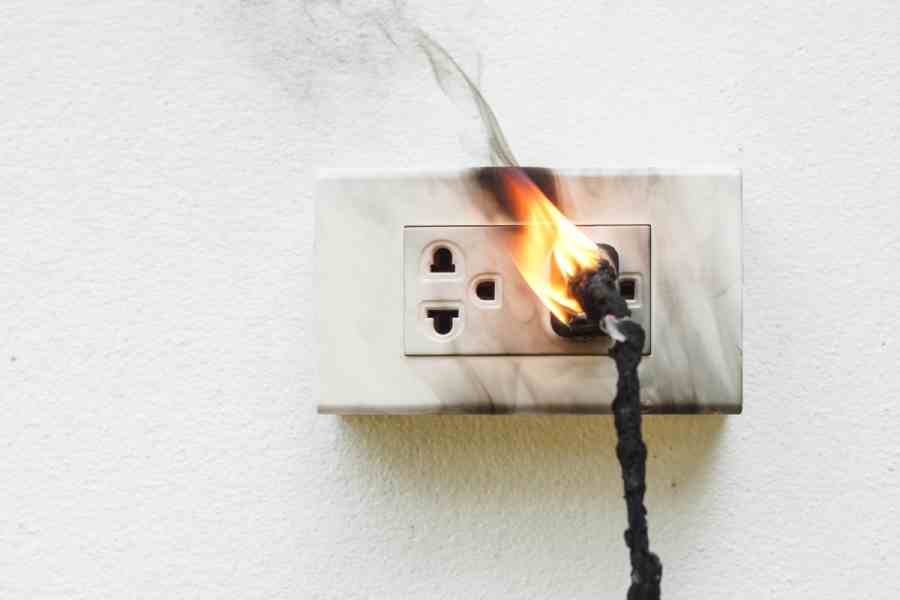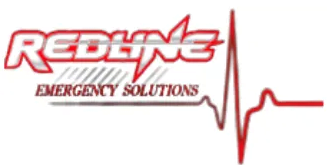
Fire safety is a critical topic everyone should discuss, whether it’s with your family in your home or with your employees at work. Understanding the different types of fires and the appropriate methods for extinguishing them can save lives and property. With this brief introduction to the five classes of fires, you can mitigate the panic during an occurrence and understand what to do to keep you and everyone around you safe.
Class A Fires: Ordinary Combustibles
Class A fires are the most frequent types of fires encountered in homes and businesses. The materials that start these fires are common, including plastic, trash, paper, cloth, and wood. Water or foam fire extinguishers are typically used to extinguish a Class A fire because they effectively cool down the burning materials. It’s important to have these extinguishers readily available in areas where ordinary combustibles are present.
Class B Fires: Flammable Liquids and Gases
Flammable liquids, like alcohol, oil, or gasoline, are the next class of fire or Class B. This also includes flammable gases such as propane and butane. These fires can spread rapidly and are best tackled using foam, dry chemicals, or carbon dioxide extinguishers. Using water on a Class B fire is dangerous as it can cause the flames to spread. Proper storage and handling of flammable substances can prevent these fires from occurring.
Class C Fires: Electrical Equipment
Appliances, outlets, wiring, circuit breakers, and other electrical equipment are what make up a Class C fire. They are particularly hazardous because of the risk of electrocution. To put out Class C fires, one would use nonconductive extinguishing agents such as dry chemicals or carbon dioxide. Always ensure that the electrical source is de-energized before attempting to extinguish the fire, and consult a professional for fire damage restoration in Dallas if any electrical fire causes significant harm.
Class D Fires: Combustible Metals
Class D fires are less common and involve combustible metals like magnesium, titanium, potassium, and sodium. These fires are typically found in industrial settings. Specialized dry powder extinguishers are required to handle Class D fires, as using water or other common extinguishers can exacerbate the situation. Training and proper safety measures are essential in environments where combustible metals are used.
Class K Fires: Cooking Oils and Fats
Class K fires are specific to cooking oils and fats, making them a common hazard in commercial kitchens and homes. These fires can become intense very quickly. Wet chemical fire extinguishers are designed to effectively smother Class K fires by forming a foam blanket over the burning oil. Never use water on these fires, as it can cause the fire to splash and spread. Regularly inspecting and maintaining kitchen equipment can reduce the risk of Class K fires.
An introduction to the five classes of fires highlights the importance of understanding each type to ensure proper fire safety and response. Remember, if a fire grows beyond your control or threatens your safety, contact professional fire services immediately. For extensive fire damage, it’s wise to seek expert fire damage restoration companies, such as Redline Emergency Solutions, to restore your property safely and efficiently.

